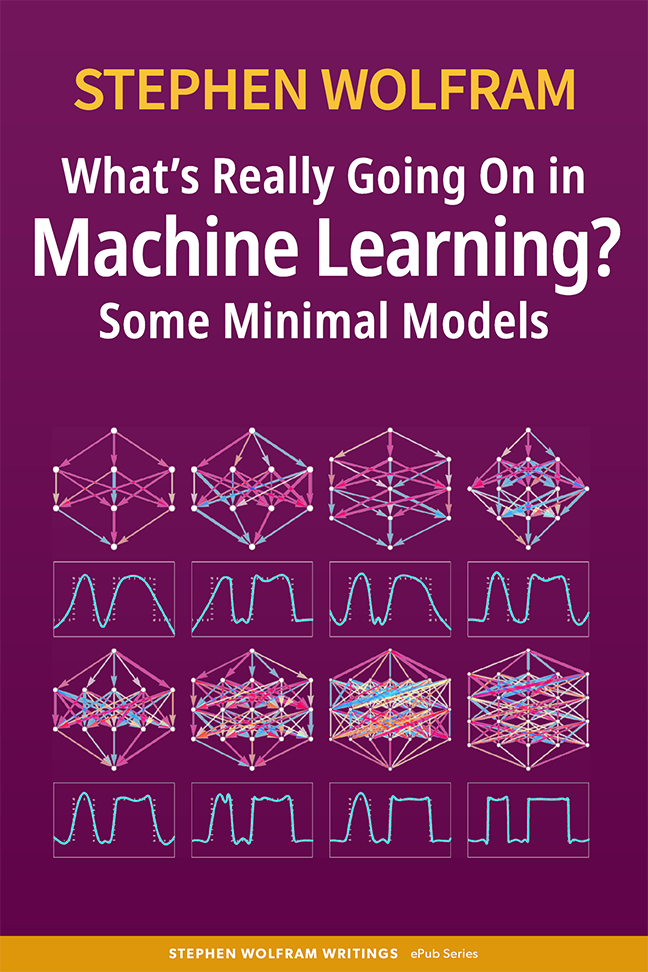What's Really Going On in Machine Learning? Some Minimal Models
The Hidden Workings of Machine Learning
Why does machine learning work at all? Neural networks power everything from image recognition to language models, yet the science behind their success remains strangely elusive. In this essay, Stephen Wolfram strips machine learning down to its barest forms—minimal models built from simple rules—and shows that even at this level, systems can learn. What emerges is a surprising picture: machine learning doesn't rely on carefully engineered structures but on the natural complexity of the computational universe.
Seen this way, machine learning is less about hidden design and more about sampling complexity. Wolfram's exploration offers not only clarity about why AI works but also perspective on its limits—why some successes resist explanation, and why the field may never yield a simple unifying theory.
Information and Media Inquiries
October 28, 2025 Publication
Publicity and Interviews: sw-media@wolfram.com
Translation Rights Requests: info@dropcap.com
Non-Fiction
Contents
- The Mystery of Machine Learning
- Traditional Neural Nets
- Simplifying the Topology: Mesh Neural Nets
- Making Everything Discrete: A Biological Evolution Analog
- Machine Learning in Discrete Rule Arrays
- Multiway Mutation Graphs
- Optimizing the Learning Process
- What Can Be Learned?
- Other Kinds of Models and Setups
- So in the End, What's Really Going On in Machine Learning?
- Historical & Personal Notes
- Thanks

- Title: WHAT'S REALLY GOING ON IN MACHINE LEARNING? SOME MINIMAL MODELS
- Author: Stephen Wolfram
- eBook: $4.99
- Publisher: Wolfram Media, Inc.
- Publication Date: October 28, 2025
- ISBN-13: 978-1-57955-107-0 (eBook)
